First Grade Sound Energy Worksheet
If you are a first-grade teacher or parent looking for a simple and engaging way to teach your young learners about sound energy, look no further. This First Grade Sound Energy Worksheet is designed to introduce the concept of sound energy and provide a fun and interactive learning experience.
Table of Images 👆
- 2nd Grade Science Sound Worksheets
- Science Sound Worksheet for 1st Grade
- Forms of Energy Worksheets 2nd Grade
- Science Sound Worksheets for 6th Grade
- Sound Wave Science Worksheets for Kids
- Light and Heat Energy Worksheets
- First Grade Letter-Sound Worksheets
- Loud and Soft Sounds Worksheets
- Light and Sound Waves
- Printable 2nd Grade Homophones Worksheets
- Energy Transfer Worksheets
- Forms of Energy Worksheet Answers
- 4th Grade Science Sound Worksheets
- Printable Science Sound Worksheets
- Sound Energy Worksheet Kindergarten
- Light and Sound Science Worksheet First Grade
- Sound Wave 4th Grade Worksheet
More 1st Grade Worksheets
First Grade Reading Comprehension WorksheetsTelling Time Worksheets for First Grade
Math Worksheets Subtraction 1st Grade
For First Grade Addition Worksheets
First Grade Handwriting Practice Worksheets
First Grade Fraction Worksheets
Free Printable Phonics Worksheets First Grade
Heart Worksheets for First Grade
First Grade Science Worksheets Matter
What is sound energy?
Sound energy is a form of mechanical energy produced by vibrations that travel through a medium, such as air, water, or solids. These vibrations create pressure waves that can be detected by our ears and converted into sound. Sound energy is essential for communication, music, and various other applications in our daily lives.
How does sound travel?
Sound travels in waves through a medium, such as air, water, or solids. When an object vibrates, it causes the particles in the medium to vibrate, generating a series of compressions and rarefactions that propagate outward. These waves of energy move through the medium until they reach our ears, where they are interpreted by our brain as sound. The speed at which sound travels depends on the properties of the medium, such as its density and elasticity.
Give an example of a loud sound.
A jet engine at full throttle is an example of a loud sound.
Give an example of a soft sound.
The rustling of leaves in the breeze is an example of a soft sound.
What is the source of sound energy?
Sound energy is a form of mechanical energy that is produced by vibrations. These vibrations occur when an object moves back and forth, creating changes in air pressure that travel as waves through a medium, such as air or water. The source of sound energy can be any object that is capable of vibrating, such as musical instruments, human vocal cords, or even vehicles.
How is sound produced?
Sound is produced by vibrations. When an object vibrates, it causes the surrounding air particles to also vibrate. These vibrations travel through the air in the form of sound waves, which are then caught by our ears and converted into electrical signals that are processed by our brain as sound.
Can sound travel through a vacuum?
No, sound cannot travel through a vacuum because sound waves require a medium, such as air, water, or a solid material, to propagate. In a vacuum, there is no medium for sound waves to travel through, so sound is unable to propagate.
How does the pitch of a sound change?
The pitch of a sound changes based on the frequency of the sound waves produced. Higher frequency sound waves produce higher pitched sounds, while lower frequency sound waves produce lower pitched sounds. As the frequency of the sound waves increases, the pitch of the sound also increases, and vice versa.
How does the volume of a sound change?
The volume of a sound changes based on the amplitude of the sound wave, with a higher amplitude resulting in a louder sound. Increasing the energy of the vibrating source or moving closer to the source can also affect the perceived volume of the sound. Additionally, factors such as distance from the source, intervening obstacles, and environmental conditions can also influence how the sound propagates and is perceived in terms of volume.
How can we protect our ears from loud sounds?
To protect our ears from loud sounds, we should wear ear protection, such as earplugs or earmuffs, when exposed to loud environments such as concerts, construction sites, or when using power tools. It is also crucial to maintain a safe distance from loud sources and take breaks from prolonged exposure to loud noises. Additionally, lowering the volume of personal listening devices and limiting exposure to loud noises whenever possible can help prevent hearing damage and maintain healthy ears.
Have something to share?
Who is Worksheeto?
At Worksheeto, we are committed to delivering an extensive and varied portfolio of superior quality worksheets, designed to address the educational demands of students, educators, and parents.

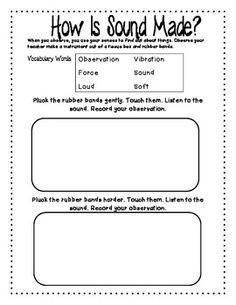



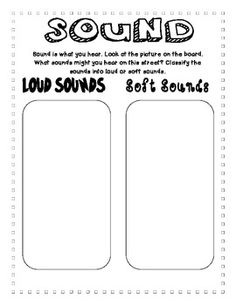
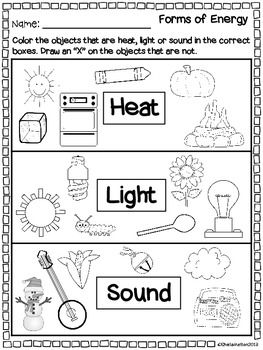
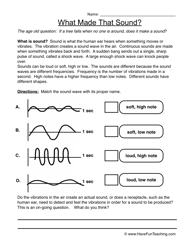
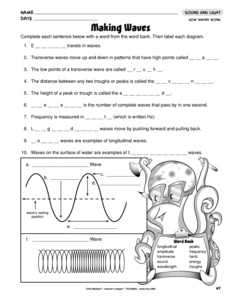


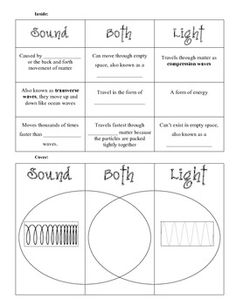
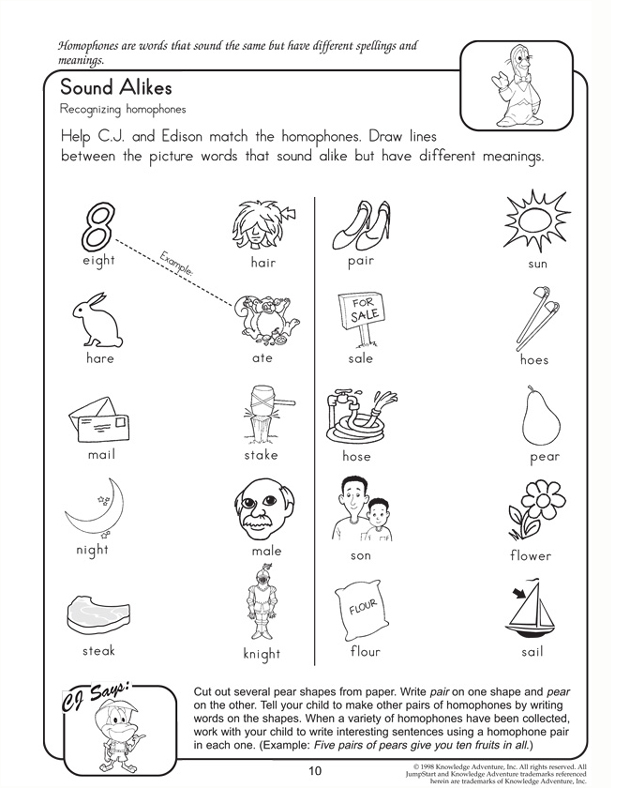
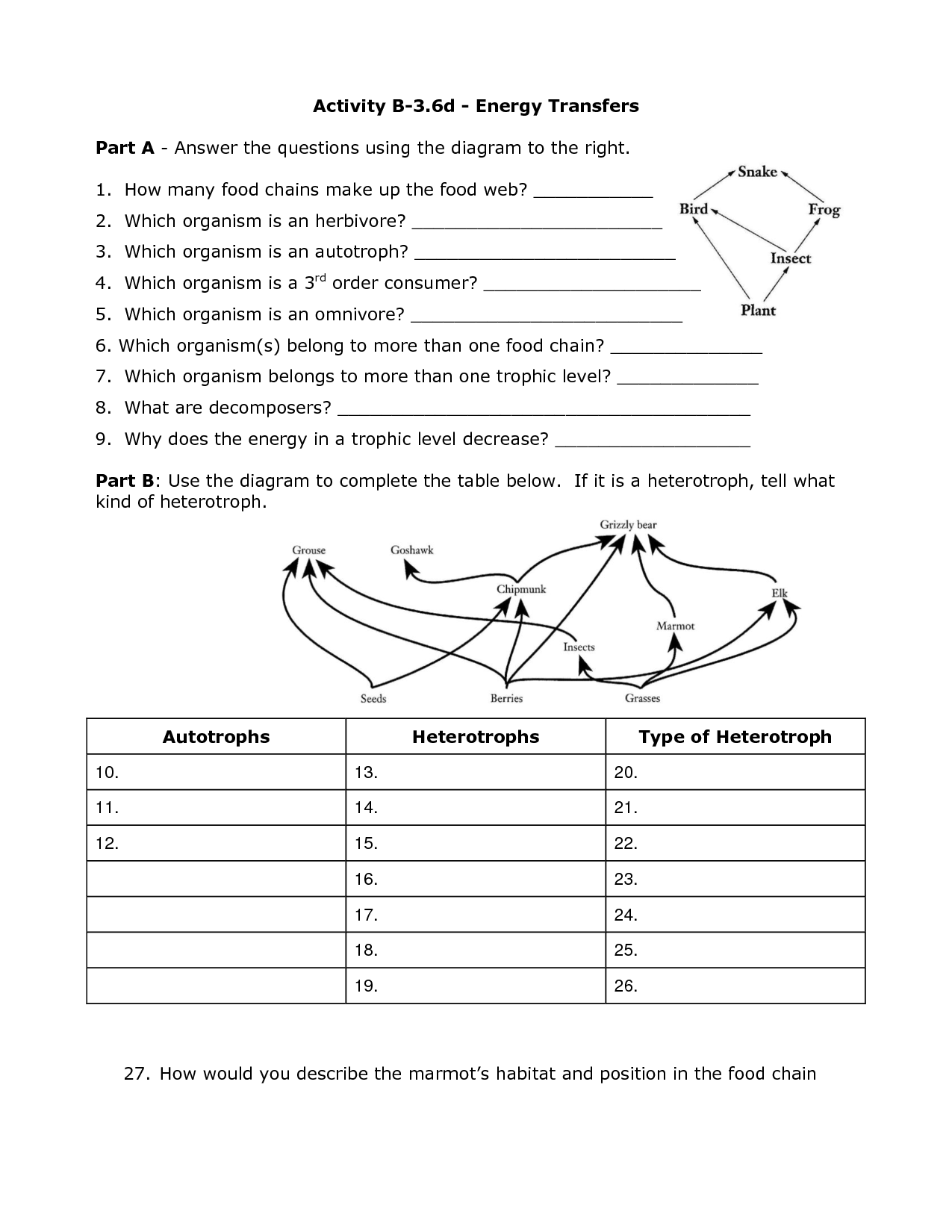
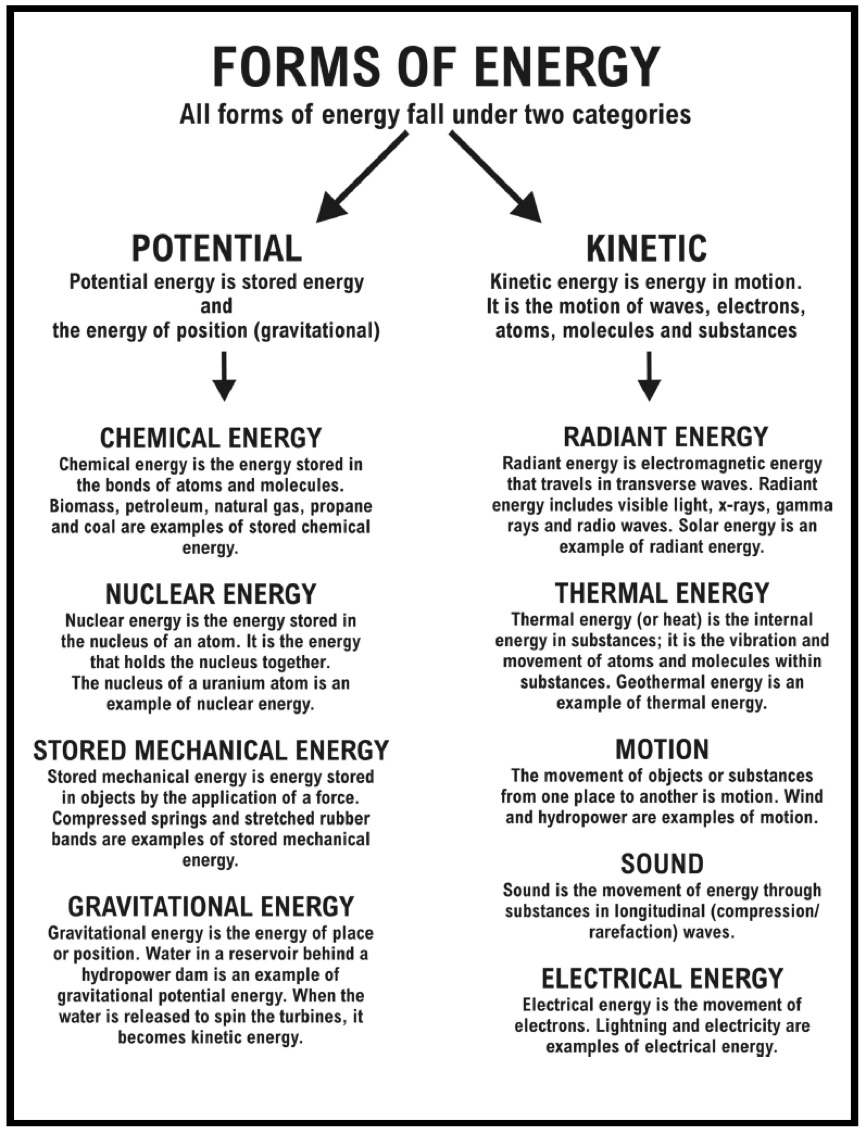


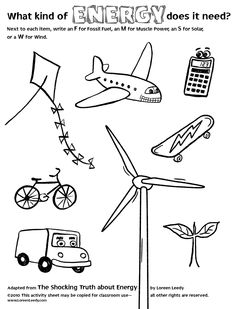

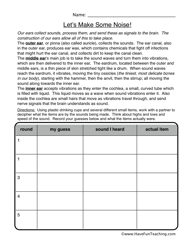














Comments